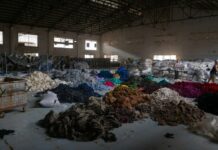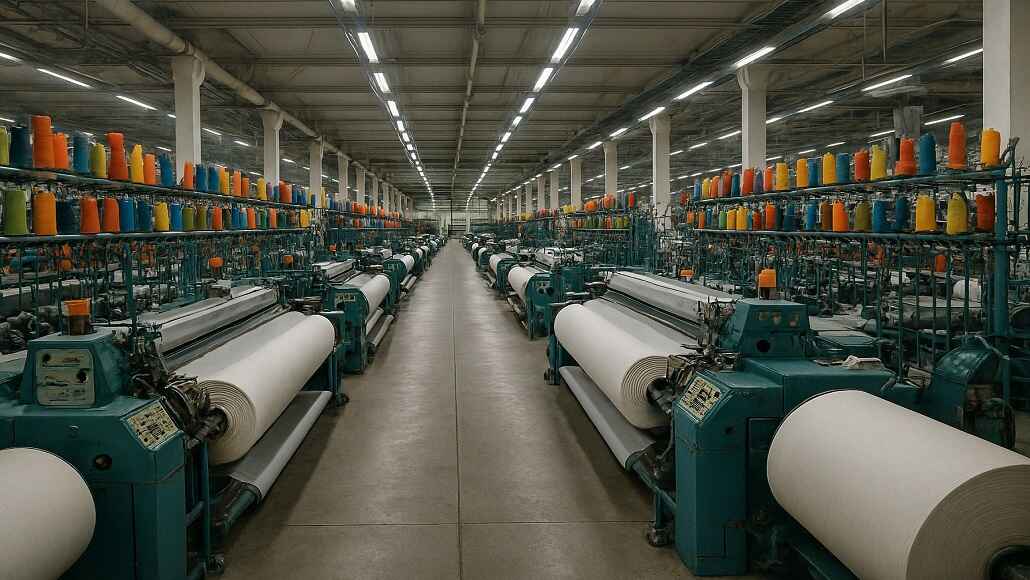In April 2025, the UK’s industrial output experienced a decline of 0.6%, following a 0.7% drop in March. This downturn, primarily attributed to decreases in manufacturing and energy output, was reported by the Office for National Statistics (ONS). This marked the second consecutive month of negative growth, raising concerns about the state of the UK economy.
However, looking at the broader picture, the quarterly data reflected a more positive trend. Over the three-month period leading to April, UK production rose by 1.1%, with manufacturing contributing a solid 1.2% increase. The textiles, apparel, and leather sectors stood out with a notable 5.5% growth, driven by increased consumer demand and a rebound in domestic production capabilities.
The textile industry has been pivotal in supporting overall manufacturing growth, showcasing resilience amid challenging economic conditions. This growth comes as UK manufacturers adapt to shifts in consumer preferences and supply chain disruptions. The sector’s strong performance hints at potential opportunities as manufacturers pivot towards sustainable practices and innovative technologies.
Joe Llewellyn, GM of ERP Small Business at The Access Group, remarked on the situation, stating: “The unusual business conditions of the first three months of the year had generally played out well for the country’s smaller producers, as had falling bank rates. Some tariff-affected international customers have turned to UK firms to do business, while others raced to order more before tariff pauses came off.”
Despite the quarterly gains, profitability within the textile sector faced challenges, with Gross Margin Return on Inventory (GMROI) declining significantly. The average clothing manufacturer reported a GMROI of £4.14 for every pound spent on stock, a decline of 53% from the previous quarter and 36% year-on-year.
As the textile industry navigates these complexities, the focus remains on enhancing sustainability and efficiency, particularly given the heightened awareness of environmental impacts and the push towards circular economy practices. The ongoing evolution within the sector reflects a broader commitment to adaptability and growth, essential as global market conditions continue to fluctuate.



































